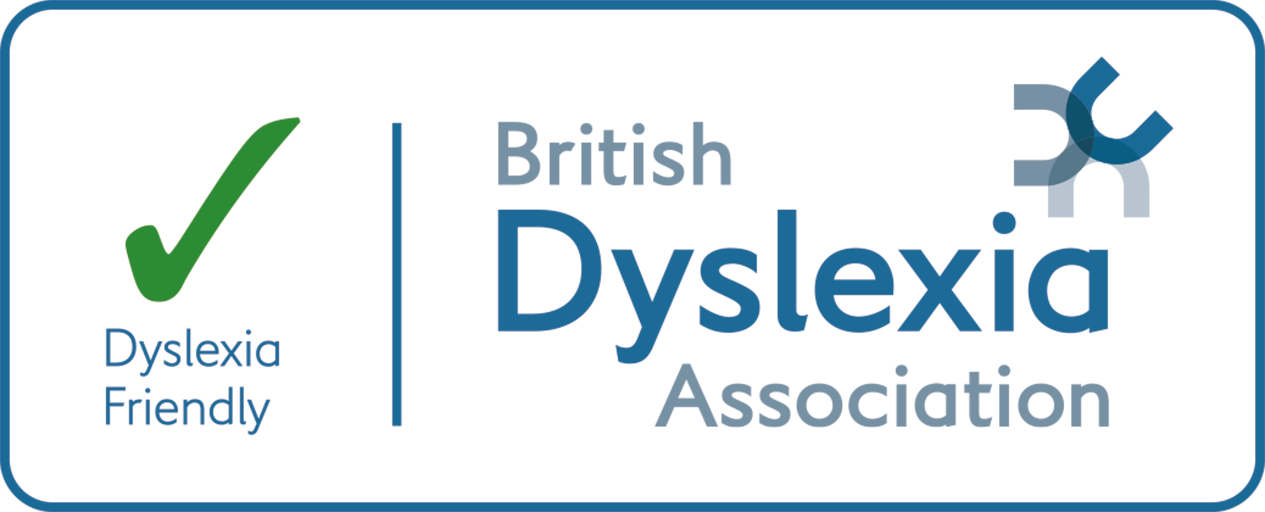Autism and Teenagers: A Guide for understanding and support
What is Autism?
Autism, or Autism Spectrum Condition (ASC), is a lifelong developmental difference that affects how a person understands the world, communicates, and relates to others. Every autistic person is unique, and traits can vary widely from one person to another.
Autism can affect:
- Communication (verbal and non-verbal)
- Social interaction and relationships
- Sensory processing (e.g., noise, light, textures)
- Thinking patterns (e.g., routines, attention to detail)
- Emotional regulation and understanding
The Teenage Years and Autism
Adolescence can be a challenging time for anyone, but autistic teenagers often face extra pressures. The demands of school, changing social expectations, and growing independence can all increase stress.
Common Challenges for Autistic Teens:
- Increased anxiety and sensory overwhelm
- Difficulty understanding and managing friendships or peer pressure
- Changes in routine or environment (e.g., starting secondary school)
- Mental health challenges, such as depression or low self-esteem
- Masking or hiding traits to fit in, which can be exhausting
How to Support Autistic Young People
Creating a Safe, Understanding Environment
- Offer structure and routine
- Be clear and consistent with expectations
- Allow time to process information
Support Communication and Expression
- Use clear, direct language
- Be patient with responses – remember processing time.
- Encourage different ways to communicate (writing, drawing, etc.) if they are overwhelmed
Help Manage Social Situations
- Teach social rules explicitly
- Provide guidance in resolving misunderstandings
- Allow downtime after social activities
Respect Individual Needs
- Offer quiet spaces and sensory tools
- Don’t force eye contact or group participation
- Acknowledge their feelings and needs
Promote Self-Esteem and Independence
- Celebrate their strengths and interests
- Encourage self-advocacy
- Support decision-making and life skills
Autistic teenagers thrive best in environments where they feel safe, understood, and valued for who they are.












